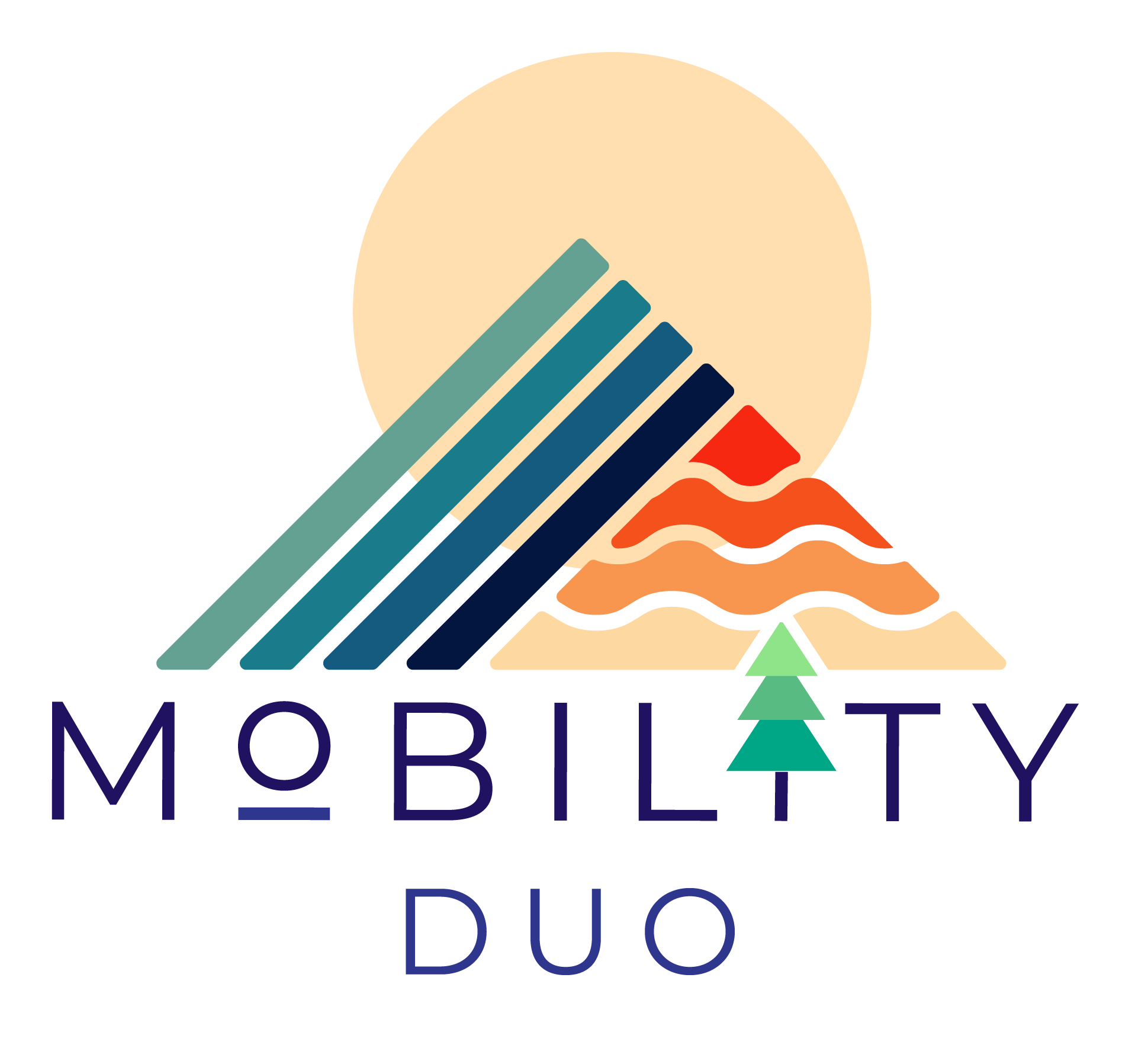With summer officially only one day away, we have been emphasizing the importance of strength training during this 'off season.' I was perusing research and I stumbled across an interesting study regarding how to improve your endurance which incorporated strength training. While it doesn't specifically apply towards snowboard athletes, this particular study included young, elite cross-country skiers. At the end of the day, we all utilize our muscles the same way during activity but emphasis may be on specific groups depending on the sport.

We often preach about how off-season training can prepare our bodies for injury prevention and performance for in-season activity. The other side of this is the endurance required to perform at optimal levels. If our aerobic capacity is low, how do we expect to perform well if fatigued? How many of us have had 'oh shit' moments at the end of the day or long runs when we just do not have 'gas in the tank' anymore? What if there was a way to improve not only our overall strength but endurance with it while performing one movement? I am doing most of the work here by summarizing this specific study but I will be sure to reference it at the end if you are more curious. Let's dive in:
Title: Maximal Strength Training Improves Aerobic Endurance Performance
Who:
(19) Male cross-country skiers age 19.7 +\- 4 years randomly assigned to either a maximal training group (n=9) or control group (n=10)
How often:
Strength training 3x per week for 8 weeks.
What:
- The Max training group performed 45 minutes out of their 10 hours per week of normal training to include:
- Modified pulldowns at 85% of their 1 rep max
- 6 reps x 3 sets
- 3-4 minutes of rest in-between each set
- If completed all rounds = increased 3Kg for next session
- The control group completed their normal 'strength endurance' routines which was less than 85% of their 1 rep max.
- This also included skiing/ roller skiing/ and running.
How was this tested?:
There were 2 designated days prior/ post 8 weeks to assess findings including:
- Day 1: General warm up, 2 series with 8 repetitions of 50-80% of their 1 rep max on a cable pulley apparatus obtaining necessary data.
- Day 2: VO2 max was assessed on a treadmill under a variety of settings.

Results:
Max Training Group:
-
1 rep max improved significantly: 40.3 +/- 4.5 to 44.3 +/- 4.9kg
- Straightforward and expected indicator of 1 rep max training. They were stronger!
-
Time to Peak Force (TPF) reduced from 50% and 60% on two different submit workloads
- Time to peak force is also referred to as rate of force development. This is a measure of how fast the athlete can develop force. Commonly this can be applied to a 40 yard dash or vertical jump. So, if there is a reduction in peak force, the athlete is reaching this maximal amount of force faster, ultimately performing better.
-
Endurance was measured as Time to Exhaustion (TTE) at max aerobic velocity and was improved from 6.49min to 10.18min; a 20.5% increase over the control group.
- Basically, the athletes were able to run longer without exhaustion on the treadmill
-
Work economy changed significantly from 1.02 +/- 0.14 to 0.74 +/- 0.10 mL x kg-0.67 x min-1.
- Work economy, also known as efficiency, refers to volume of oxygen required to move at a given rate. So, a lower amount of oxygen required to move at the same rate is great indicator for any endurance athlete as the body is working less and more efficiently.

Discussion:
One major indicator for the max training groups improvements are neural adaptation. Basically, this means the body is constantly detecting and adapting to stimulus placed upon it. If a large stimulus is placed upon it repeatedly, the brain/ receptors respond by signaling the muscles to improve rate of force development and work economy for endurance. The body will not undergo muscle hypertrophy or growth without consistent training for at least 6-8 weeks after. This is dependent on the athletes prior training age, muscle growth genetics, diet, stress, etc. This particular study did not go into detail what the athletes normal 10 hour training week looked like aside from generic endurance exercises. There was no follow up with either group on who completed the training consistently.
With all this being said, what does it mean for you? This study is far from perfect and like most has many questions unanswered. What it does tell us though that with all things being equal, you can (and should) improve a variety of key markers from simply incorporating strength training into your weekly schedule. Aside from getting stronger, strength training can improve your confidence, reduce fat loss, improve sleep, reduce stress, improve performance, increase energy, reduce a variety of detrimental health markers, and release endorphins. The hardest part is getting started yet its the single easiest thing we can do today to improve our overall quality of life.

Are You Ready To Make A Change?
Checkout our Shred 2.0 - 12 week HIIT program for an incredible supplement to your maximal strength training. Everything is laid out for an easy to follow plan, recorded workout videos, yoga, meditation, etc.

References:
Hoff J, Gran A, Helgerud J. Maximal strength training improves aerobic endurance performance. Scand J Med Sci Sports. 2002 Oct;12(5):288-95. doi: 10.1034/j.1600-0838.2002.01140.x. PMID: 12383074.
Wikipedia contributors. (2022, April 2). Neural adaptation. In Wikipedia, The Free Encyclopedia. Retrieved 21:57, June 20, 2022, from https://en.wikipedia.org/w/index.php?title=Neural_adaptation&oldid=1080638177



Leave a comment